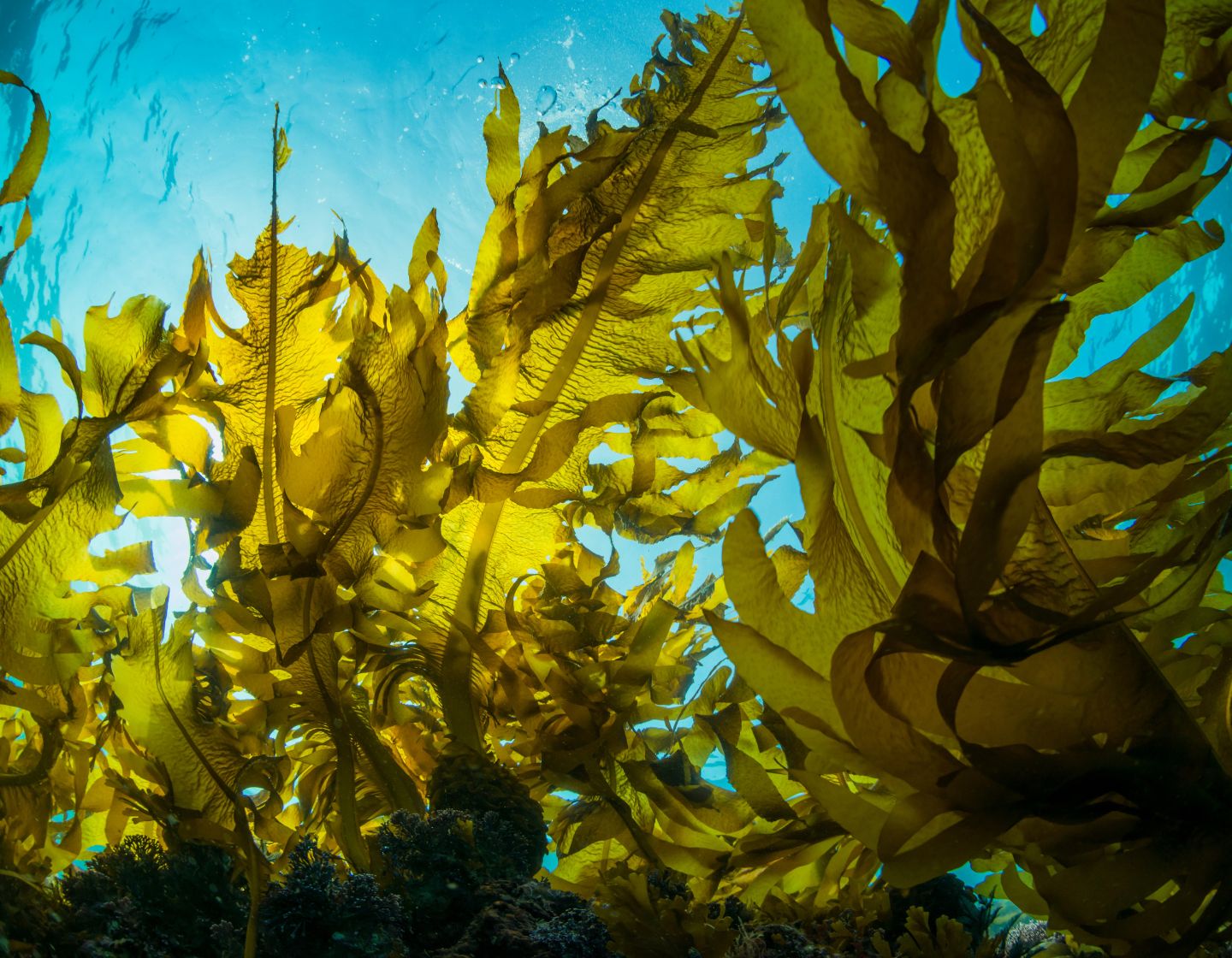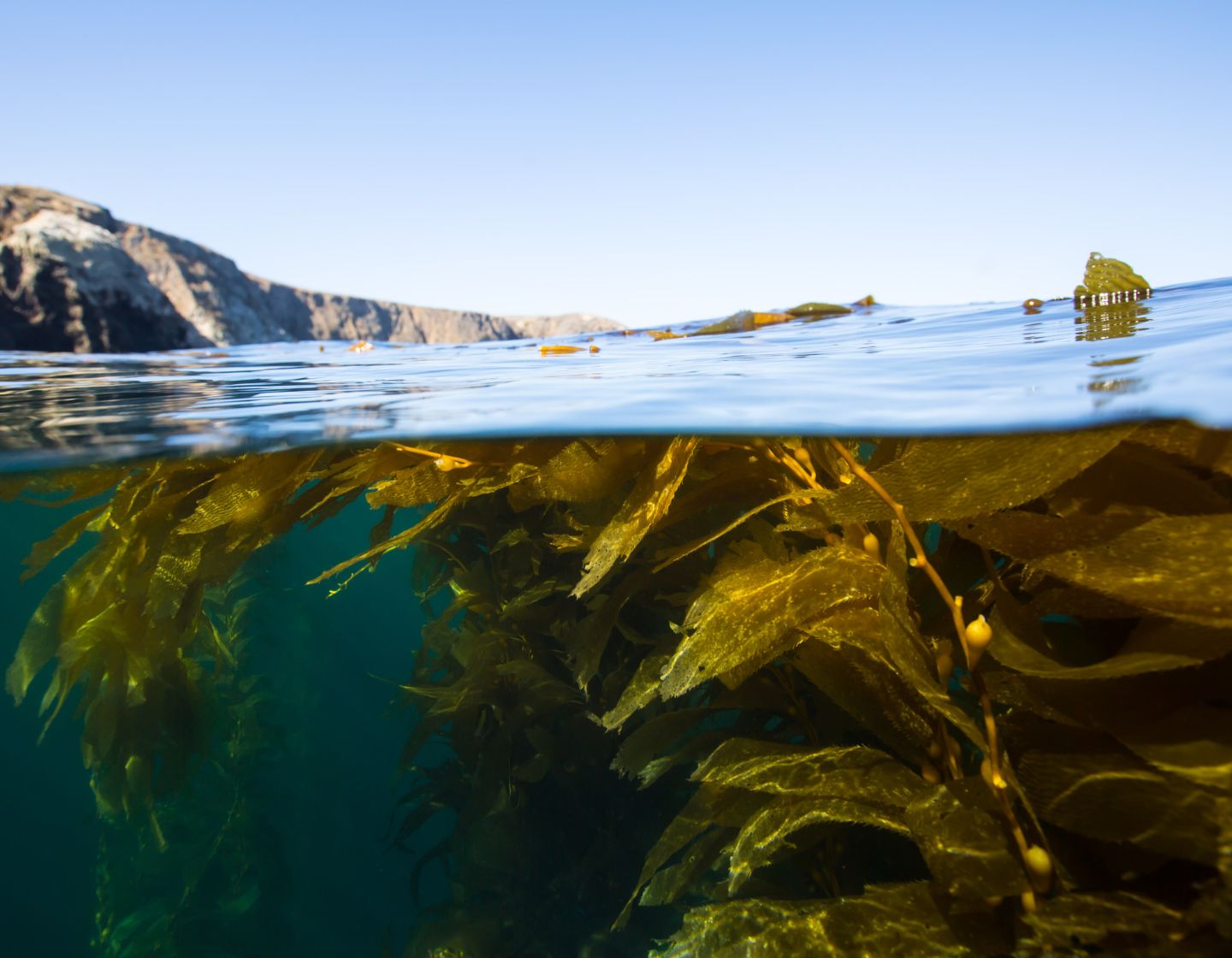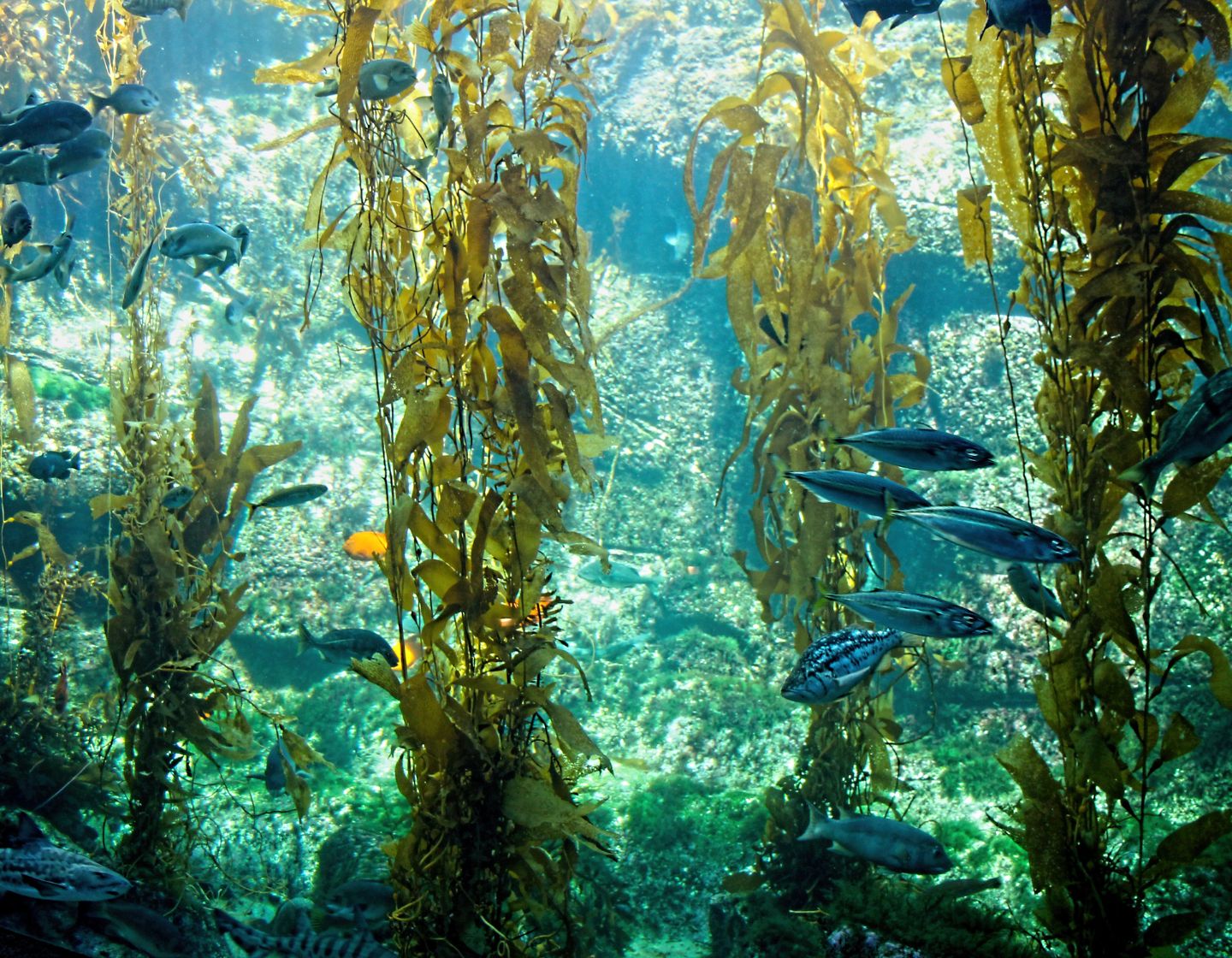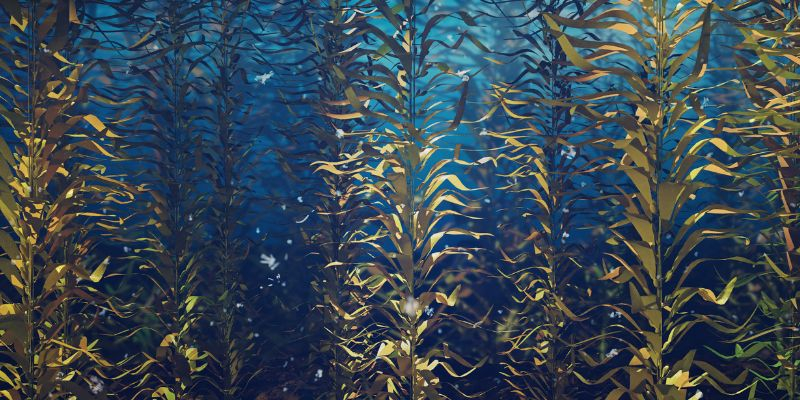How kelp forests are helping to tackle climate change
Scientists are constantly on the hunt for new solutions to help fight climate change, some of which are pretty unusual. Most recently, kelp is taking climate action by storm. Some people call it a miracle plant. Kelp is a type of seaweed that grows along the coastline in forests of long ribbons. Similarly to bamboo, it grows at rapid rates: up to 60cm (2ft) per day – creating a luscious underwater oasis.
Kelp absorbs CO2 as it grows
While carbon capture technology helps remove carbon dioxide from the atmosphere, turning to nature-based climate solutions offers just as much opportunity. Just like any other plant or tree, kelp absorbs carbon dioxide and produces oxygen. It actually plays a huge role in tackling climate change as it’s responsible for producing 70% of the Earth’s oxygen.
One of the coolest things about kelp is its carbon sequestration process. It absorbs carbon dioxide while it grows – up to 600 million tonnes every year, which is more than double the number of emissions produced by the UK each year. It transforms carbon dioxide into biomass through photosynthesis. Once the carbon dioxide is locked into the kelp, it sinks to the bottom of the ocean and can be stored underground or harvested for use.
And according to scientists at Harvard University, a kelp forest can absorb 20 times more carbon dioxide than the same area of land forest. These are crazy positive statistics!

In comparison to some land forests, kelp farms do not face threats of deforestation or wildfires. They don’t need pesticides, freshwater or fertiliser to grow either. It’s completely natural and doesn’t rely on external resources. Kelp forests don’t take away precious land for livestock or food production. And not to mention how long it takes trees to grow!
After finding this opportunity, it’s been reported by National Geographic that scientists are now calling for industrial-sized farms where kelp is grown to its maturity and then harvested and sunk deep into the ocean. However, research and development are still in their early days.
Kelp enhances ocean biodiversity
Kelp forests help maintain rich marine ecosystems and are home to all kinds of marine life such as fish, invertebrates, mammals and more. Fish find shelter in kelp, sea urchins eat it and various prey moves into the forest, drawing more predators. Its natural shape also protects eggs because it slows the movement of water and prevents them from drifting away. This creates a balanced and productive ecosystem which keeps the world turning.
Plus, it prevents erosion and retains nearshore sand from storm-driven tides. It also keeps waterways clean and fresh by absorbing excess nutrients from wastewater.
But like all of the ocean, kelp forests face many threats like unsustainable fishing, plastic waste, dredging and pollution.

Kelp is healthy for your body and mind
Seaweed isn’t just good for the environment, it’s good for your body too. It is a staple in many Asian cuisines and due to its high protein, vitamins and nutrients like iodine, more and more people are starting to eat kelp. Research by the National Institutes of Health suggests eating seaweed supports thyroid health, metabolism, cognitive function and your nervous system and nourishes your skin. That’s why it’s starting to be used in cosmetics, pharmaceuticals, livestock feed and fertiliser.
Kelp is available in pretty much any form as food or a supplement. Healthline recommends consuming it alongside a broader, nutritious diet. Additionally, because of its high absorption qualities, kelp may also absorb heavy metals like arsenic, cadmium and lead. When buying kelp to consume, it’s best practice to look for certified organic versions that have been tested for arsenic.

Kelp tackle climate change from your own home
All in all, kelp presents amazing opportunities for the planet. With more research and funding, kelp farms can play a pivotal role in combating climate change.
You may be thinking, “Well, what can I do to tackle climate change now?”, and while you may not be able to absorb carbon dioxide at the speed of kelp, you can make small changes to your lifestyle that will change the world slowly but surely.
One way you can do this is by joining the SMCC Home Club. A 12-month subscription gives you access to a whole new world of possibilities. Read tons of research-led and sustainable top tips Learn&Save articles like this as well as unbeatable pricing guaranteed with our Club Price Promise.
We can’t wait to support you on your journey and make waves together.


